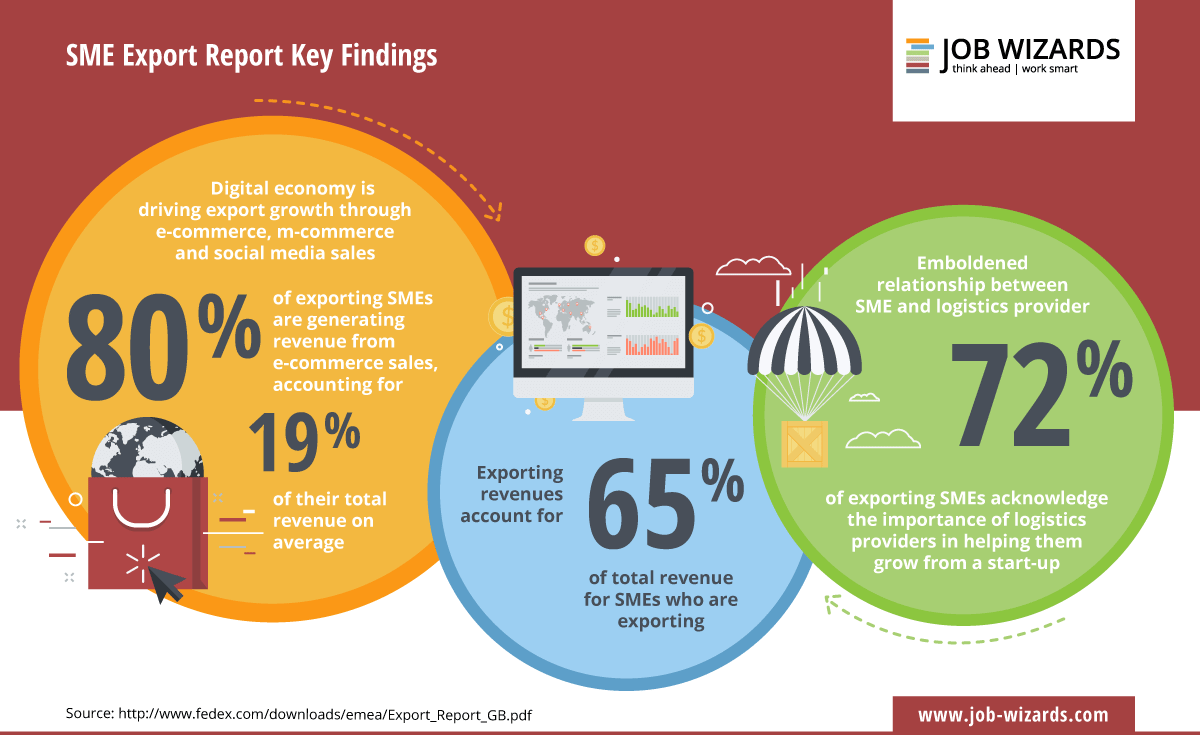There are no excuses for a lack of success on the international stage. Digitalisation is opening up cross-border possibilities and opportunities for SMEs to exploit new sales markets abroad.
One way of increasing company revenue is to extend existing areas of business activity. If sales operations have reached their limits, consideration should be given as to whether it is possible to go beyond these limits in the truest sense of the word and explore new territory – by means of internationalisation. Small and medium-sized enterprises that wish to go down this route have many different ways of achieving this aim. That’s because the Internet now makes it easier than in any other previous economic phase to go beyond the borders of national business activity.
Preparation is everything
Before taking the first step towards internationalisation, however, you should ask yourself – and answer – the most important questions.
Frequently underestimated is the question ‘why’. Why should you even internationalise the business in the first place? What exactly do you wish to achieve with it? Can internationalisation contribute to growth? What scenario will you use to respond to any stagnation or setback you might experience in the course of internationalisation? In this phase, however, the most important thing is to really take the time needed to work on such a process.
One essential aspect that your strategy has to take into consideration: think about the right time. If you are the first company, you have the opportunity to be noticed with no distractions. If you are the second or third, you can perhaps learn from the experiences of others.
Internationalisation is a big word that can mean anything. Accordingly, it is crucial to decide on the country in which you wish to begin. Gradually making your way from one neighbouring country to the next may be the right approach that has already been successfully taken by other companies.
Cross borders with the click of a mouse
In a sense, the most simple and cost-effective approach that SMEs can take to establish an international business starts at their very own computer. Those who take the initiative to find new customers can rely on a wide range of freely available marketing tools. For instance, you can use Google Analytics to analyse visitor traffic to your website. In Hootsuite, you have an all-rounder for your social media planning and you can use Facebook’s Lookalike Audience to evaluate data from a group of existing customers. Facebook then specifically looks for potential customers that are similar to these existing customers and targets advertising at this group. Incidentally, this tool dispenses with the need to restrict the campaign to individual countries. In the English language, for example, the entire EU market can be reached. Countries that provide the best results then become the focus of the next round of advertising measures.
Establish firm networks
There is no need to fear a foreign language in your new international area of business activity. The enhancement and professionalisation of automatic online translations will help you to reach your goal more quickly. Consider which business partnerships and cooperation arrangements could make sense from an international perspective. Business networks such as XING, LinkedIn and exploreb2b are valuable digital tools in this regard and provide the opportunity to transform contact with customers.
A completely different kind of networking has been successfully trialled in Finland, where companies have found a way of searching for cooperation partners that is also of interest to SMEs: Slush, a start-up and tech event, brings together start-ups, investors, entrepreneurs and journalists once a year with the aim of finding potential cooperation partners. Companies that have not yet been able to take care of every aspect of internationalisation themselves are given the opportunity here to meet a start-up that is now present on the market having accomplished precisely this.
An appropriate setting is also provided here for companies to search for suitable personnel to establish or expand international activities within their own business.
How the state can help
A look towards Denmark shows that companies operate successfully wherever the government supports digitalisation. The slowdown in productivity growth – which isn’t just restricted to Denmark, but represents a structural barrier for all industrialised countries – and the reduced level of investment there resulted in falling export opportunities. A digital government plan was drawn up in response to this.
The ‘Digital Strategy 2016–2024’ is aimed at further improving the close cooperation between the country’s population and the public sector. This also includes making efficient services and funding options available to the companies. In ‘MADE Digital’, an innovation platform was set up to develop a country-specific approach to help SMEs in particular to master the challenges of digitalisation. These companies are especially helped when it comes to answering the following question: which area of my business will benefit most from digitalisation, allowing me to press ahead with internationalisation? And should I search for new employees with industry experience for the digitalisation of my company or is it better to look for specialists who previously worked at software firms?




